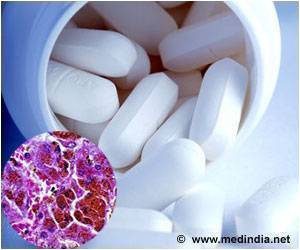Dust samples from an indoor athletic and educational facility were linked to six antimicrobial chemicals and antibiotic-resistance genes in microbes.

‘Indoor dust samples with higher amounts of triclosan also had higher levels of a gene that's been implicated in bacterial resistance to multiple drugs.’





The overuse of antibiotics in both humans and livestock has largely been blamed for the rise in drug resistance. The ubiquity of antimicrobials in hand soaps, cosmetics, and other personal care products that ultimately rinse down the drain and into wastewater has also contributed. Erica Hartmann and colleagues wanted to see whether their presence in indoor dust might play a role, too.The researchers analyzed dust samples from an indoor athletic and educational facility and found six links between antimicrobial chemicals and antibiotic-resistance genes in microbes.
For instance, dust samples with higher amounts of triclosan also had higher levels of a gene that's been implicated in bacterial resistance to multiple drugs. Although the median concentration of triclosan in indoor dust was small -- much lower than amounts used in toothpaste, for example -- the researchers say their findings demonstrate the need to further investigate the role of antimicrobials in dust in the rise of antibiotic resistance.
The report is published in the ACS journal Environmental Science & Technology.
Source-Eurekalert















